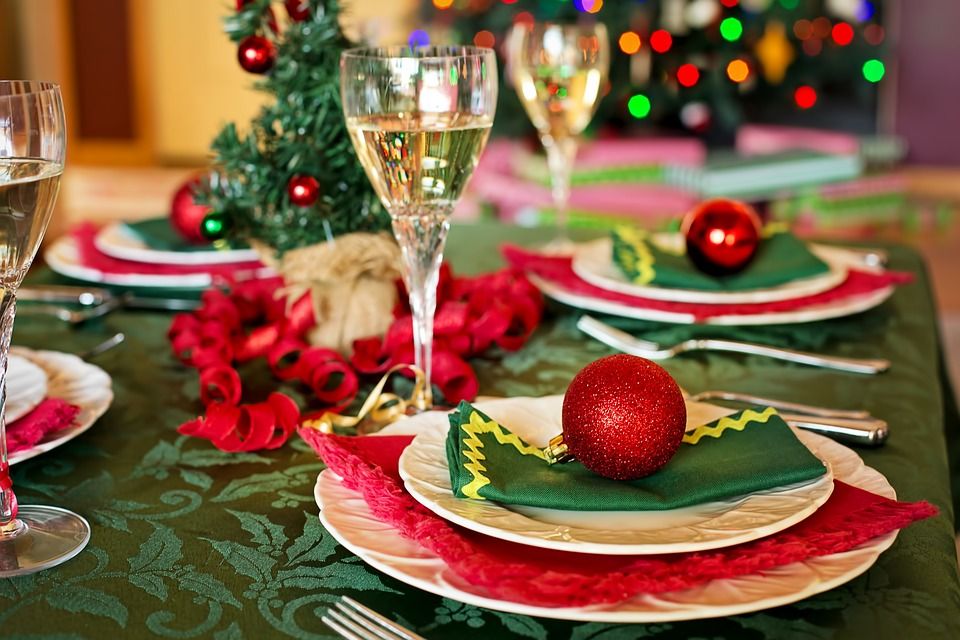29 December 2018 - In Montenegro, Christmas Eve is celebrated on the 6th January and Christmas Day falls on the 7th January because the main Orthodox Churches still use the old 'Julian' Calendar. In the Orthodox Church, Advent starts on 28th November and last for six weeks. During Advent, some people fast, and they don't eat food that comes from animals (meat, milk, eggs, etc.).
Christmas Eve is called 'Badnji dan' during the day and 'Badnje veče' after sunset. It's a time where families prepare for Christmas. Many don't eat food that comes from animals on Christmas Eve.
On Christmas Eve morning, it was traditional for men to go out into the woods and cut a type of Yule Log called a 'Badnjak' (Christmas Eve tree), generally from an oak tree. Now more people live in towns and cities, and they can buy a Badnjak from the market! The Badnjak is brought into the house on Christmas Eve evening and is meant to burn through the evening and night.

Outside of churches, there are often large bonfires where people gather in the early evening on Christmas Eve. There are sometimes nativity and Christmas plays put on either outside or inside the churches. People can bring special Badnjak to put on the bonfires.
There are two Orthodox Churches in Montenegro, The Serbian Orthodox Church, and the Montenegrin Orthodox Church. They have different main Cathedrals and have two large bonfires outside them on Christmas Eve.
'Česnica' is a special kind of bread made at Christmas and it's made in a round shape. The bread is passed around, and each member of the family gets a piece. There is a coin hidden in it and whoever gets the coin will be particularly fortunate in the next year! At the main Christmas meal you might also eat 'pečenica' (roast pork), 'sarma' (cabbage stuffed with rice and ground meat) and different kinds of cakes!
Under the dinner table, there should be some straw as a symbol of the stable/cave where Jesus was born. When the straw is spread out, some people make the noise of a chicken! Clucking like a chicken symbolises that Jesus wanted people to follow him like one big family (like chickens gather together!). It's also common for a handful of walnuts to be spread on the straw.
In Montenegrin, you wish a Happy/Merry Christmas with “Hristos se rodi” - Christ is born and “Vaistinu se rodi” - truly born (reply).








